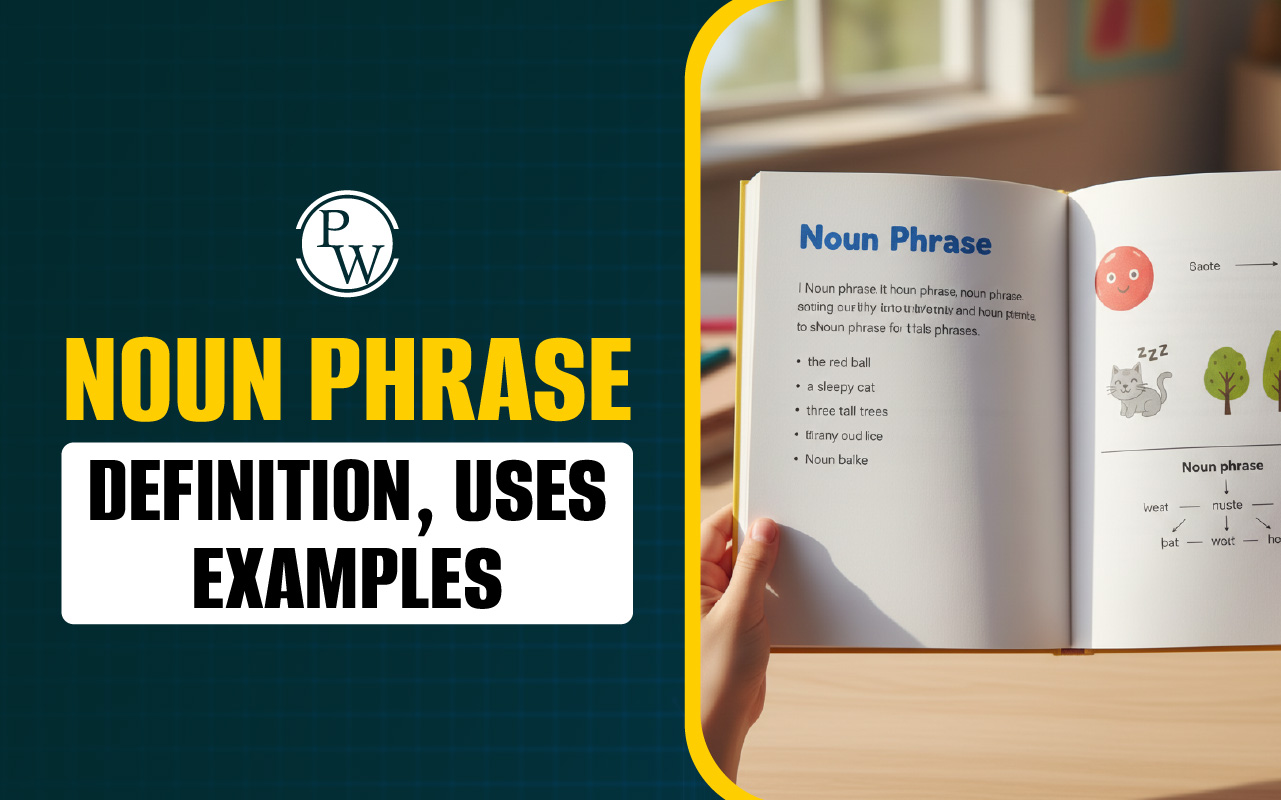
NCERT Solutions for Class 4 EVS Chapter 3 A Day with Nandu: NCERT Solutions for Class 4 EVS Chapter 3: A Day with Nandu provide a structured approach to understanding the daily life experiences of Nandu, a young child. This chapter aims to introduce students to environmental studies through Nandu's activities and interactions.
The solutions provided by NCERT help students grasp concepts related to nature, animals, and human interactions in a simple and engaging manner. By following these solutions, students can enhance their comprehension of the environment around them and develop a deeper appreciation for the natural world.Class 4 EVS Chapter 3
Class 4 EVS Chapter 3 helps us learn about the world around us in a simple and fun way. In this chapter, we read stories and do activities to understand nature, people, and how things work. It teaches us to observe, ask questions, and take care of our environment. Learning from this chapter makes us curious and helps us become good friends to nature and each other.
NCERT Solutions for Class 4 EVS Chapter 3 A Day with Nandu Overview
The solutions for NCERT Class 4 EVS Chapter 3, "A Day with Nandu," are created by subject experts from Physics Wallah. They explain the chapter in a clear and detailed way to help students understand the concepts well. These solutions make it easier for students to learn and apply what they've learned in their studies.NCERT Solutions for Class 4 EVS Chapter 3 A Day with Nandu PDF
The PDF link for NCERT Solutions for Class 4 EVS Chapter 3, "A Day with Nandu," is available below. This PDF provides comprehensive answers and explanations prepared to help students understand the chapter thoroughly. It is a valuable resource for students aiming to enhance their knowledge and excel in their studies.NCERT Solutions for Class 4 EVS Chapter 3 A Day with Nandu PDF
EVS Class 4 Chapter 3 question answer
Here we have provided NCERT Solutions for Class 4 EVS Chapter 3 A Day with Nandu for the ease of students so that they can prepare better for their exams.NCERT Solutions for Class 4 EVS Chapter 3 A Day with Nandu Page No: 21
Find out
1. Nandu is only three months old, but he weighs 200 kilograms. What is your weight?
Answer:
My weight is 20 kg.2. Can you find out – the weight of how many children like you will add up to Nandu’s weight?
Answer:
This means that Nandu's weight is equivalent to the combined weight of 10 children, each having the same weight as you.Fun and Games
1. If you were Nandu, and you lived in a herd, what kind of things would you do?
Answer:
If I were Nandu living in a herd, I would spend the day playing, dancing, and eating. When night falls, I would sleep next to my mother.2. In the elephant herd, the oldest female elephant decides everything. Who takes decisions in your family?
Answer:
In my family, decisions are primarily taken by both my parents together.3. Nandu did things that he liked to do. If you could spend a whole day with your friends, what all would you do?
Answer:
If I could spend a whole day with my friends, I would love to play games, sing, dance, share and listen to funny stories, eat delicious food, and have lots of fun together.4. Find out and write, which other animals live in herds
Answer:
Here are some other animals that typically live in herds:- Buffalo : Both African and American buffalo live in herds for protection and social interaction.
- Wildebeest : These animals migrate in massive herds across the African plains.
- Antelope : Many species of antelope, such as impala and gazelles, form herds for safety from predators.
- Elephants : Elephant herds are led by a matriarch and consist of related females and their young.
- Lions : Lionesses often live in prides, which are social groups that hunt and raise their young together.
5. Do you also live in a group? Do you like to live together like that? Why would you like or not like to live in a group?

Answer:
Yes, in school and at home, I am always in a group of my friends and family, respectively.Why I would like:
- We can talk to people as they are around us: Being in a group allows us to have conversations and interact more easily with those around us.
- We can share our feelings instantly: In a group, we can express our emotions and thoughts openly, fostering a supportive environment.
- Cost of living can be reduced by sharing things: Sharing resources and responsibilities among group members can lead to cost savings and efficiency.
- We feel safe and secure when in a group: Groups provide safety in numbers, offering comfort and security.
- We can help and get help to do different tasks: Group members can collaborate and support each other, making tasks easier and more enjoyable.
Why I would not like:
- It can lead to quarrels and fights over small things: Differences in opinions or misunderstandings can sometimes escalate into conflicts.
- There is less or no privacy: Being in a group may limit personal space and privacy.
- More space is required for all persons in the group: Accommodating everyone in a group may require more physical space.
- We have to adjust ourselves according to others: Group dynamics may require compromises and adjustments to accommodate different preferences and needs.
- Differences of opinions can lead to separation of the group: Conflicting viewpoints or disagreements can sometimes lead to the breakup of the group.
6. How do elephants feel when they are kept in chains? Discuss and share your feelings.
Answer:
When elephants are confined by chains, they feel restricted and unable to move freely. This can cause them to feel sad and unhappy. As a result, elephants may react aggressively or become lethargic due to their lack of activity. Like any living being, elephants deserve freedom and should not be chained.7. Have you ever taken a ride on an elephant? How did it feel?
Answer:
Riding an elephant can indeed be thrilling and exciting for many people. It offers a unique perspective and a chance to experience the majestic size and strength of these animals up close.8. Which animals have you sat on? Write their names.
Answer:
I have sat on elephant, camel and buffalo.9. You must have seen many animals around you – in books, in movies. Some may be alone, some in groups. Find out more about any one of these animals and write about it.
Answer:
Dogs are often seen around me. They typically sleep for 4 – 5 hours during the day. Their diet includes meat, rice, milk, bread, and other foods. Dogs are active during the night, providing security from thieves and keeping a watchful eye on our homes. If anything unusual occurs, they may attack or bark loudly. Female dogs give birth to puppies, their offspring.Think and Write

1. Why do you think the egret is sitting on the buffalo?
Answer:
The egret sits on a buffalo to eat flies, grasshoppers and other pests on the buffalo. In this way, the egret gets its food, as well as the buffalo, gets rid of germs and dirt. Hence, it’s a mutual benefit for both.2. Have you seen any animal riding on another animal? Write its name.
• The animal which is riding.
• The animal which gives the ride.
Answer:
The oxpecker benefits by feeding on ticks and other pests found on the zebra, while the zebra benefits from having these pests removed. It is a classic example of a symbiotic relationship where both species gain something beneficial.3. Which animals do we use for riding?
Answer:
Animals used for riding are camels, donkeys, camels and yak and horses.4. Which animals do we use for carrying loads? Answer:
For carrying elephants, horses, donkeys, yak and camels, loads and buffalos are used.Related links-
What Do They Say?
Discuss
1. You have read what these animals say. Why do you think that some of them are sad?
Answer:
Some animals experience sadness when they are taken away from their natural habitats. Captured and placed in circuses to entertain people, they are often subjected to harsh treatment to make them obey their trainers. As a result, these animals feel distressed because they have lost their freedom to live and thrive in their natural environment.2. How do you think they are different – the monkeys that dance to entertain people and the monkeys that are free?
Answer:
Yes, there's a noticeable difference. Monkeys that live freely in their natural habitat tend to be happier than those forced to perform for entertainment. Capturing animals for our own use goes against their natural desires, often causing them unhappiness and distress.A Day with Nandu Extra Questions and Answers
Here are some extra questions and answers from "A Day with Nandu" for Class 4 kids, written below:
1. If you were Nandu and lived in a herd, what fun things would you do?
Answer:
If I were Nandu, I would play, dance, run, and eat tasty leaves all day. At night, I would sleep next to my mother and feel safe with my family.
2. Nandu is only three months old, but he weighs 200 kilograms. What is your weight? How many kids like you would make Nandu’s weight?
Answer:
My weight is 25 kg. If we add up the weight of 8 children like me, it will be the same as Nandu’s weight because 25 x 8 = 200.
3. In the elephant herd, the oldest female elephant decides everything. Who takes decisions in your family?
Answer:
In my family, my mom and dad take most of the decisions together. Sometimes, my grandparents also help decide important things.
4. What would you do if you could spend a whole day with your friends?
Answer:
If I could spend a whole day with my friends, I would play games, sing, dance, eat yummy food, tell stories, and have lots of fun together.
5. Why does the egret sit on the buffalo?
Answer:
The egret sits on the buffalo to eat insects from its skin. This helps the egret get food and keeps the buffalo clean.
6. Name some animals that live in herds.
Answer:
Some animals that live in herds are elephants, sheep, and deer.
7. Which animals have you sat on?
Answer:
I have sat on a horse and an elephant. It was a fun ride.
8. Which animals are used for carrying loads?
Answer:
Donkeys, bullocks, buffaloes, and camels are used for carrying loads.
Benefits of NCERT Solutions for Class 4 EVS Chapter 3 A Day with Nandu
Comprehensive Understanding : They provide a thorough explanation of concepts covered in the chapter, helping students grasp the content effectively.
Structured Learning : The solutions are organized in a structured manner, making it easier for students to follow and study systematically.
Clarity and Simplification : They simplify complex topics, making it easier for students to understand and apply the knowledge.
Enhanced Learning Experience : NCERT solutions enhance the overall learning experience by providing additional insights and explanations beyond the textbook.
Practice and Preparation : They include practice questions and exercises that help students prepare for exams and reinforce their understanding of the chapter.
Support for Self-study : Students can use these solutions for self-study gaining confidence in their ability to tackle EVS topics effectively.
Join Online KIds Online Tuition Class Now!!
NCERT Solutions For Class 4 EVS Chapter 3 FAQs
What is the chapter "A Day with Nandu" about?
How many children will add up to find out Nandu's weight?
What are the key topics covered in "A Day with Nandu"?
Who is Nandu and how old is he?










